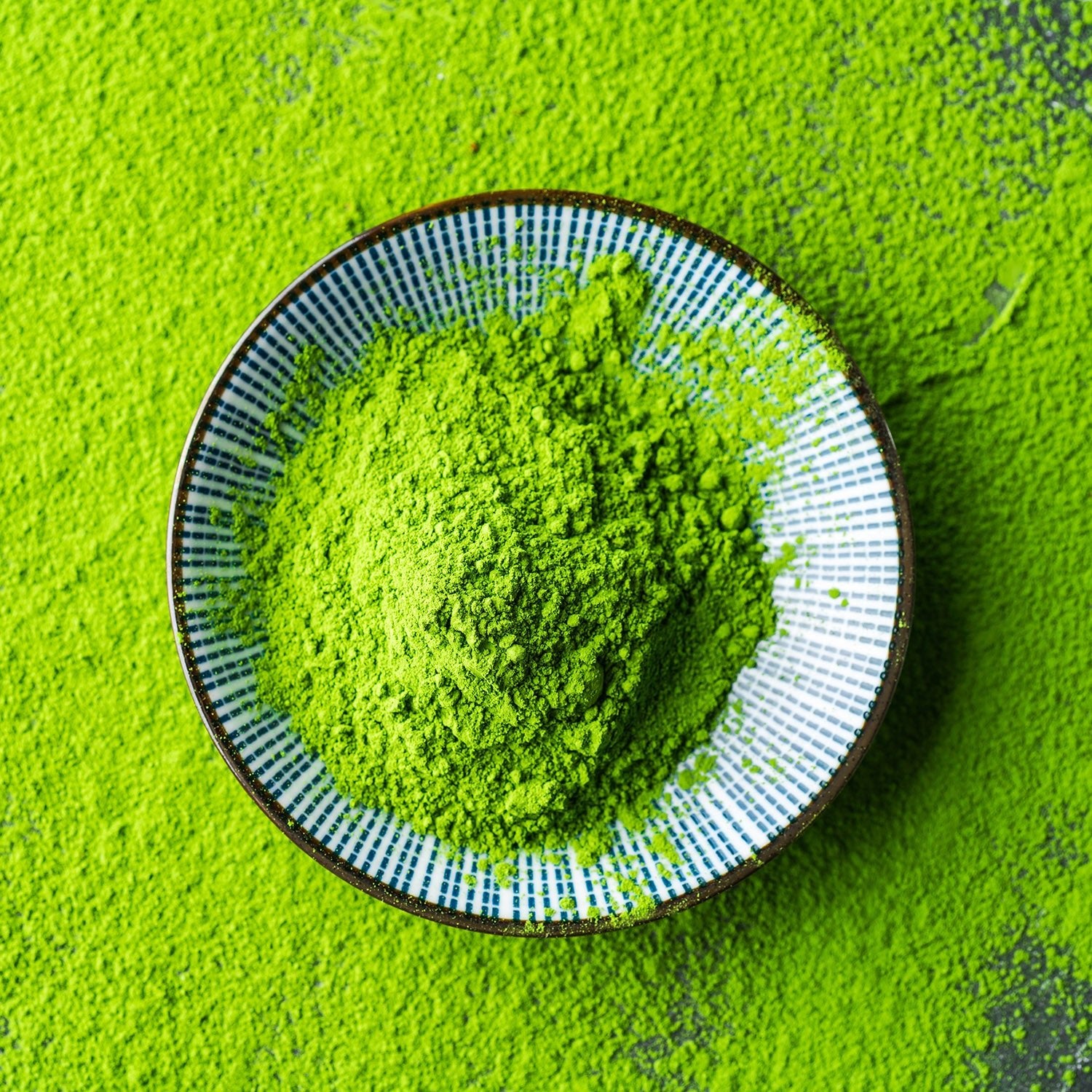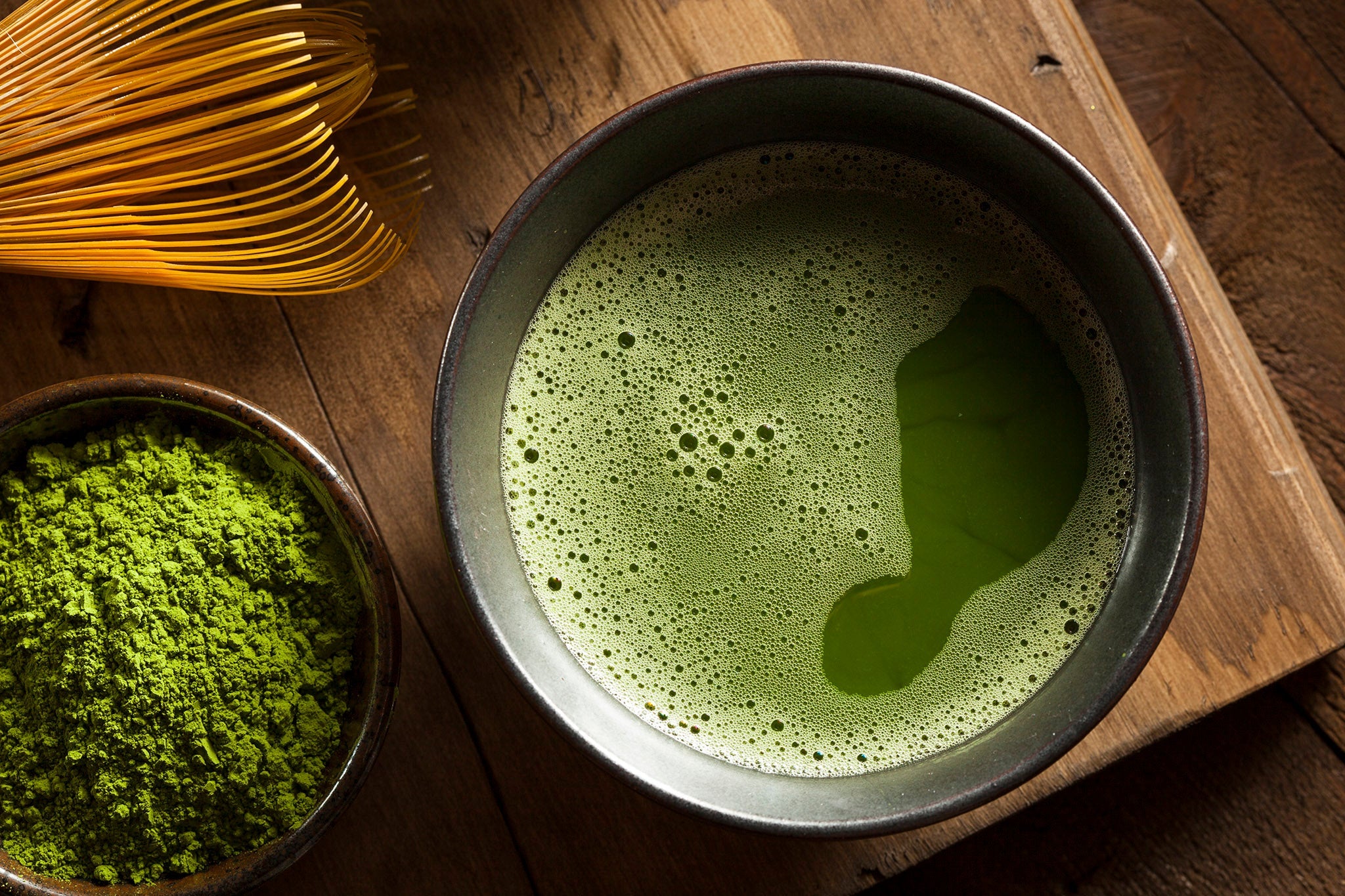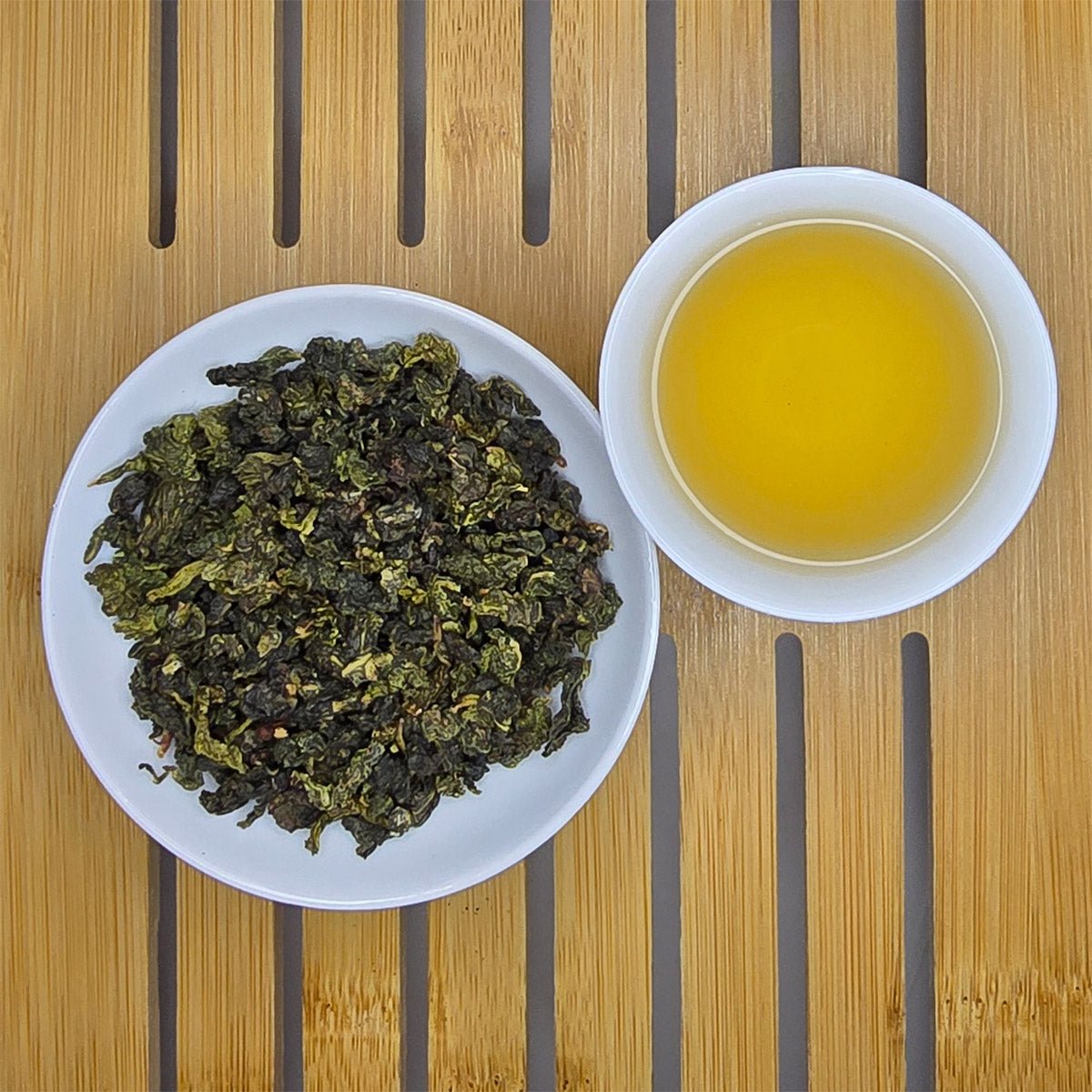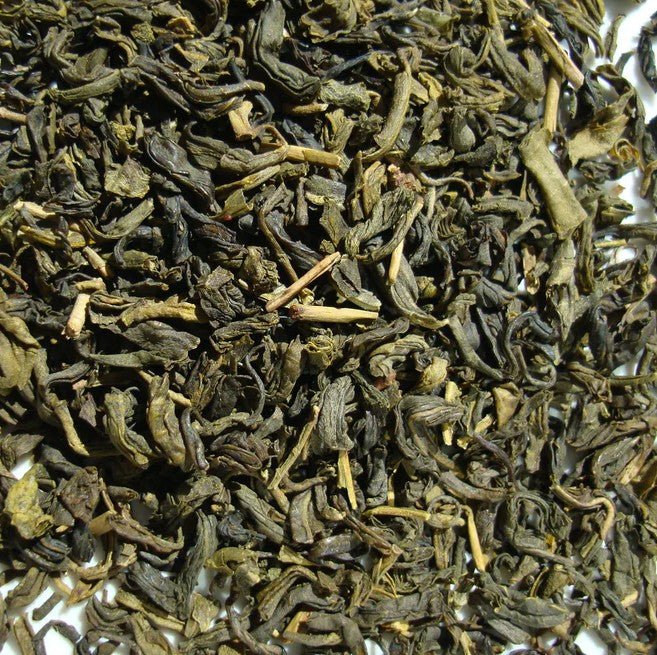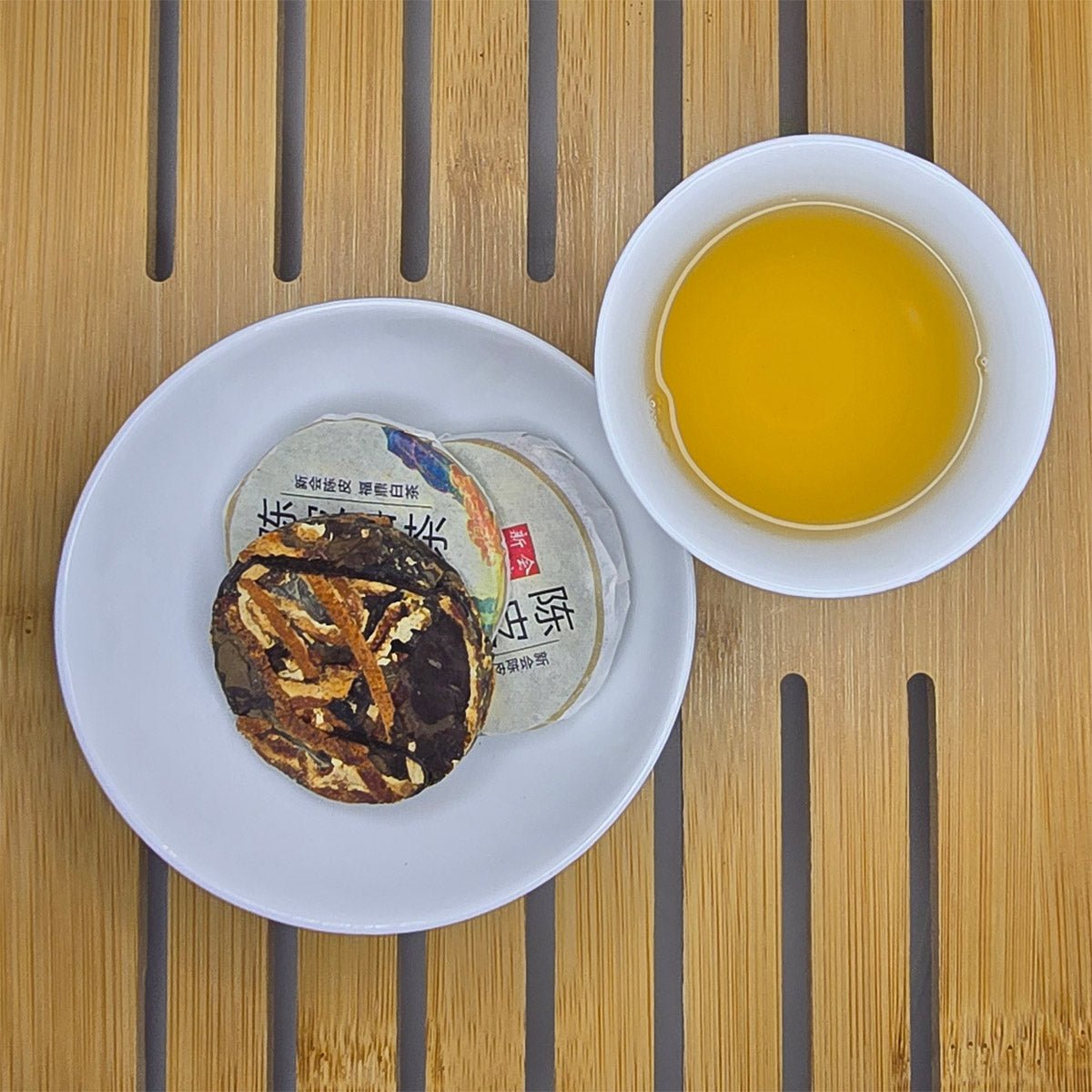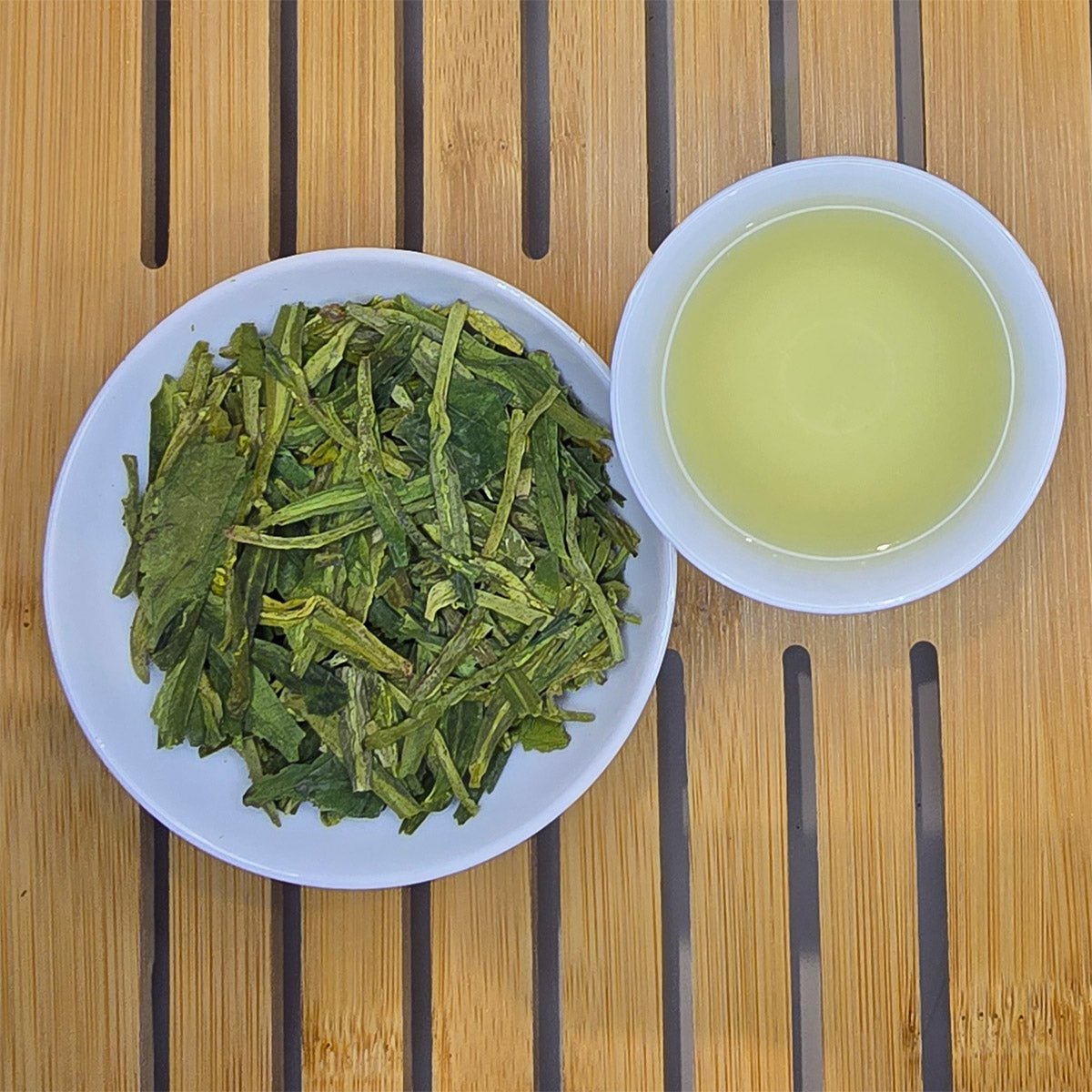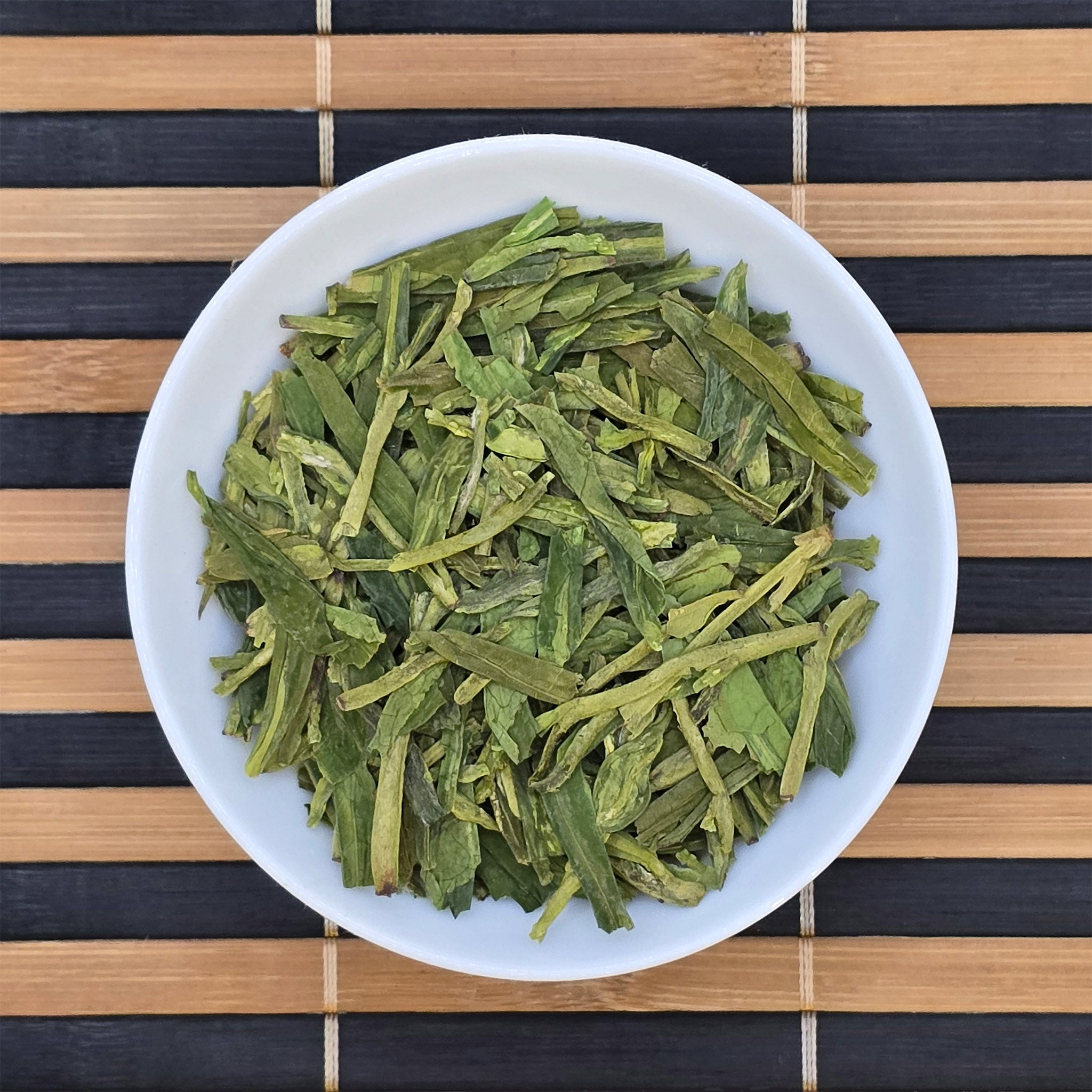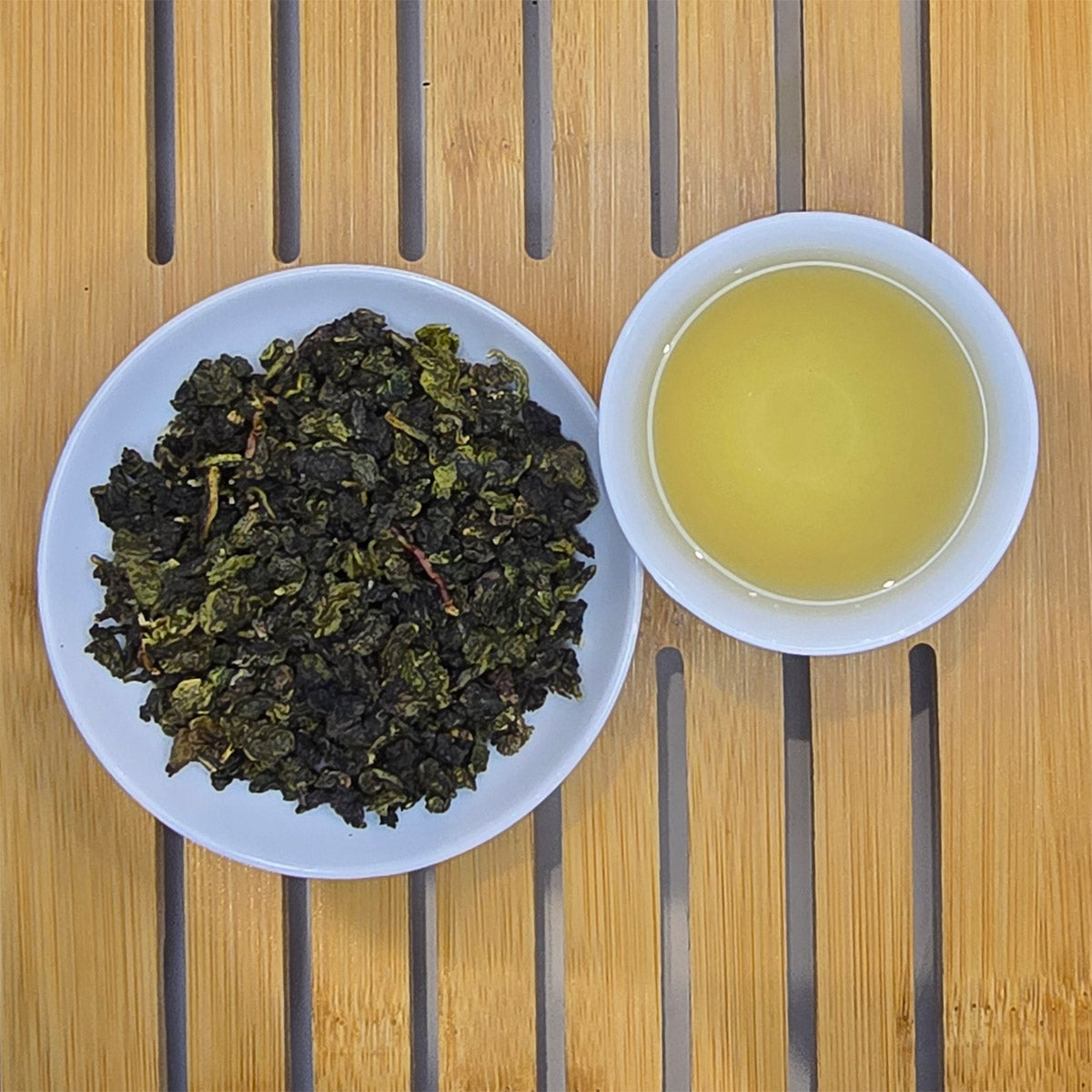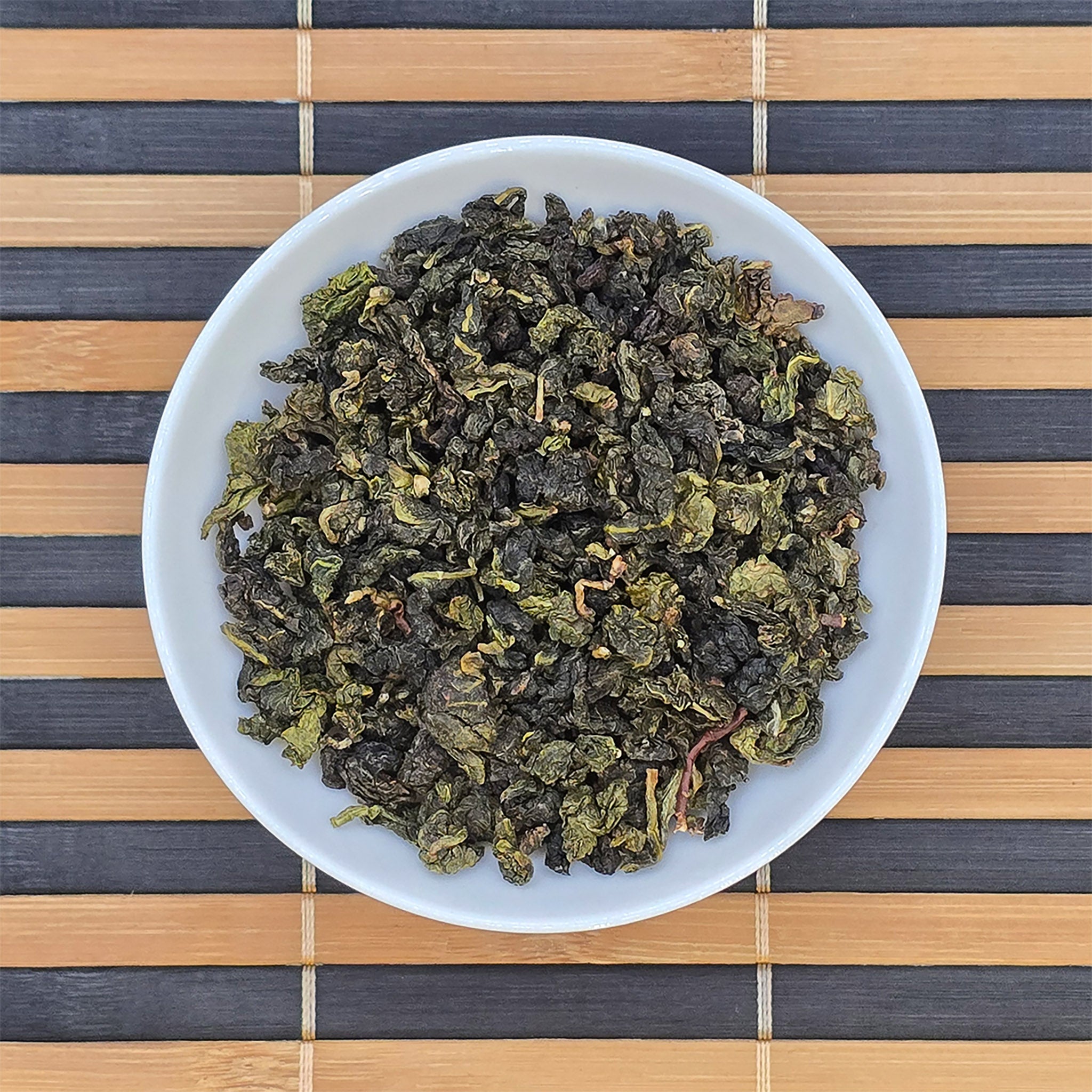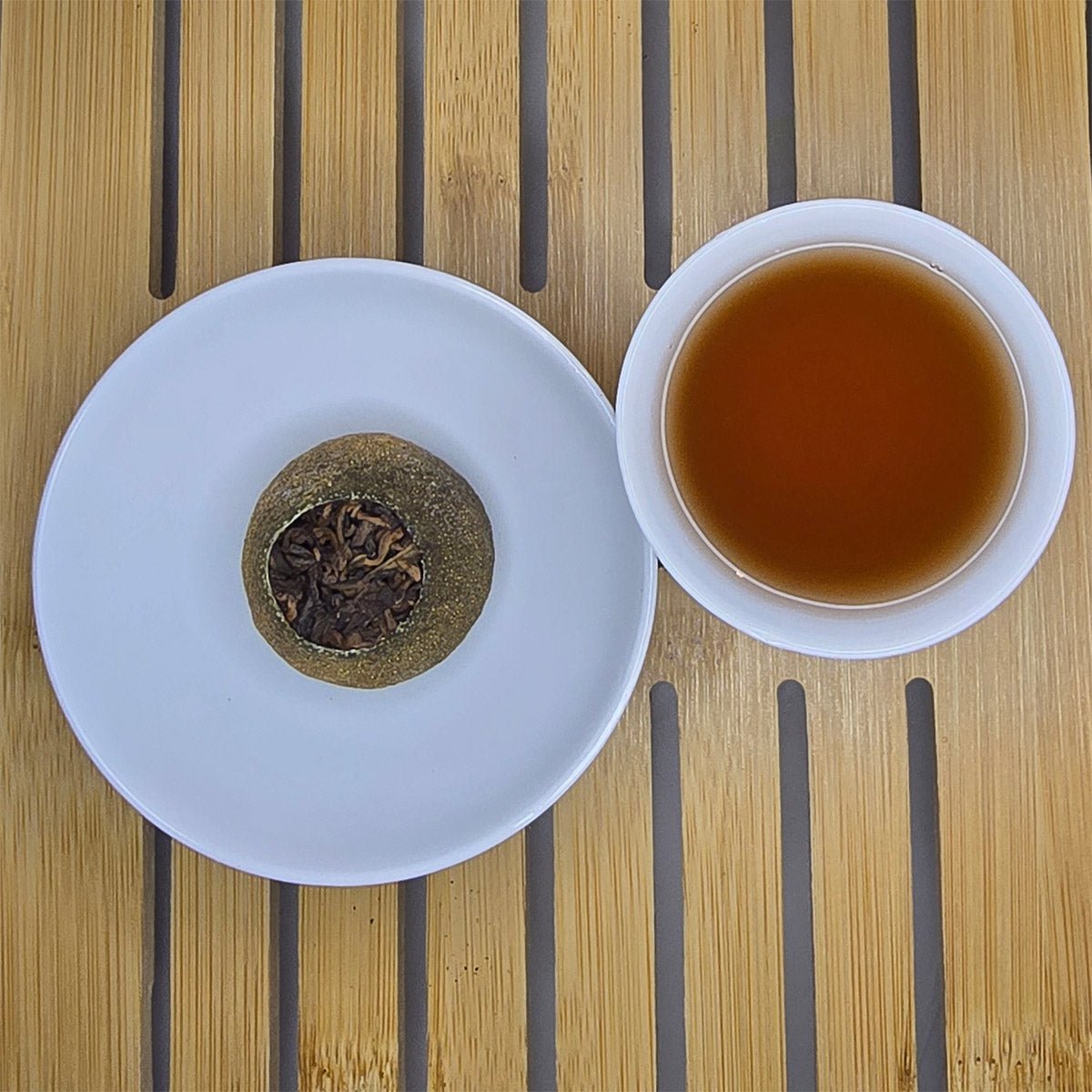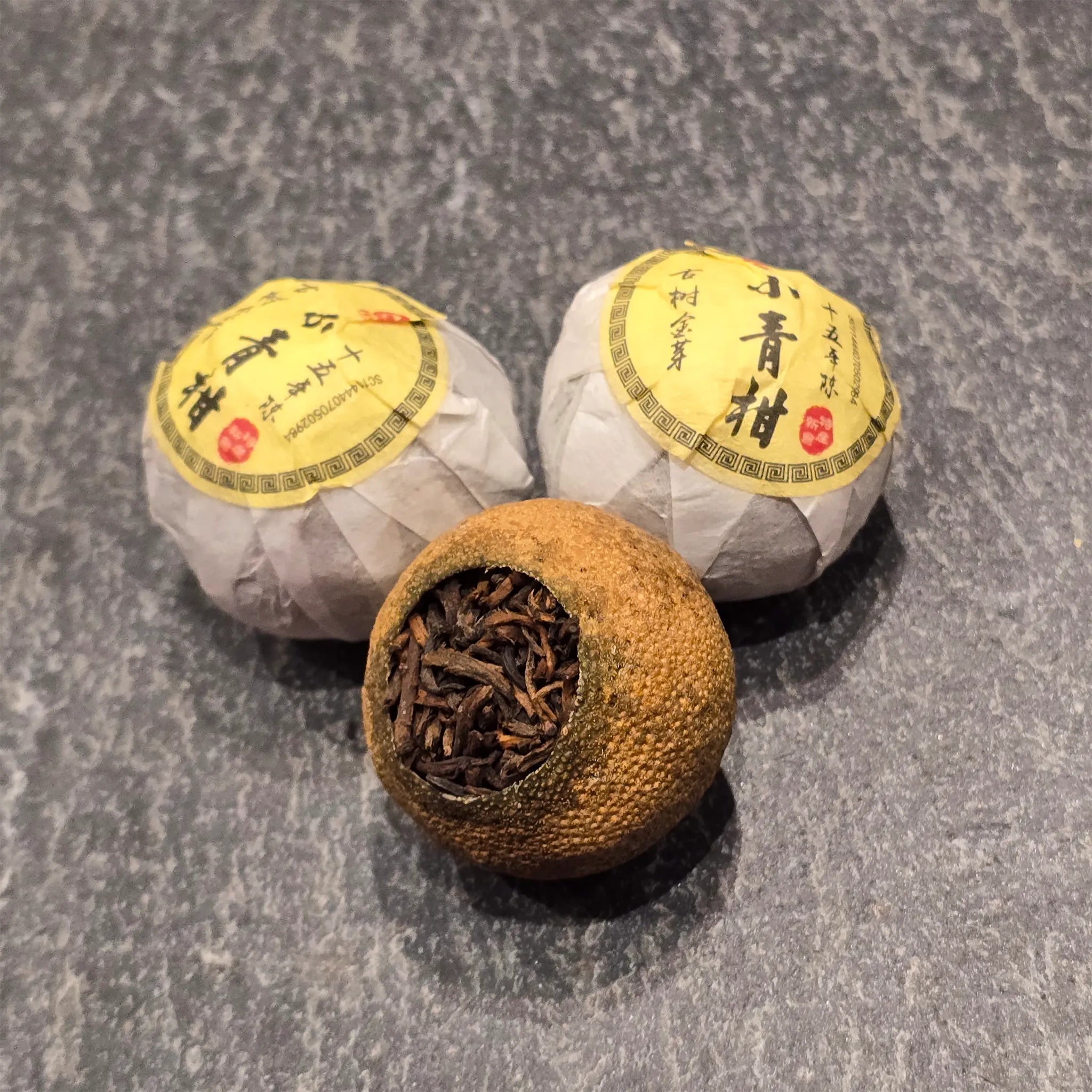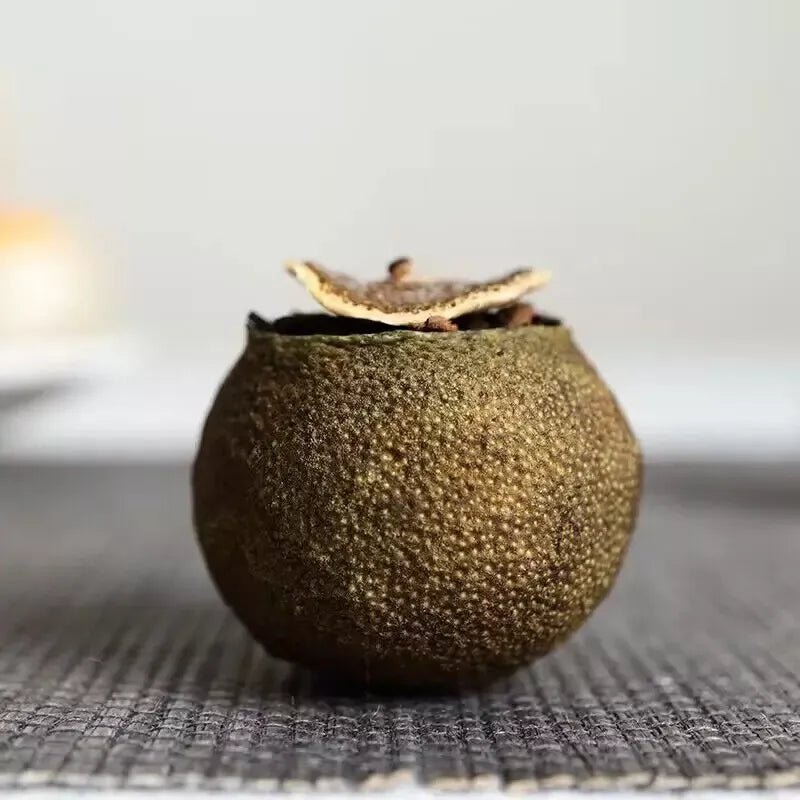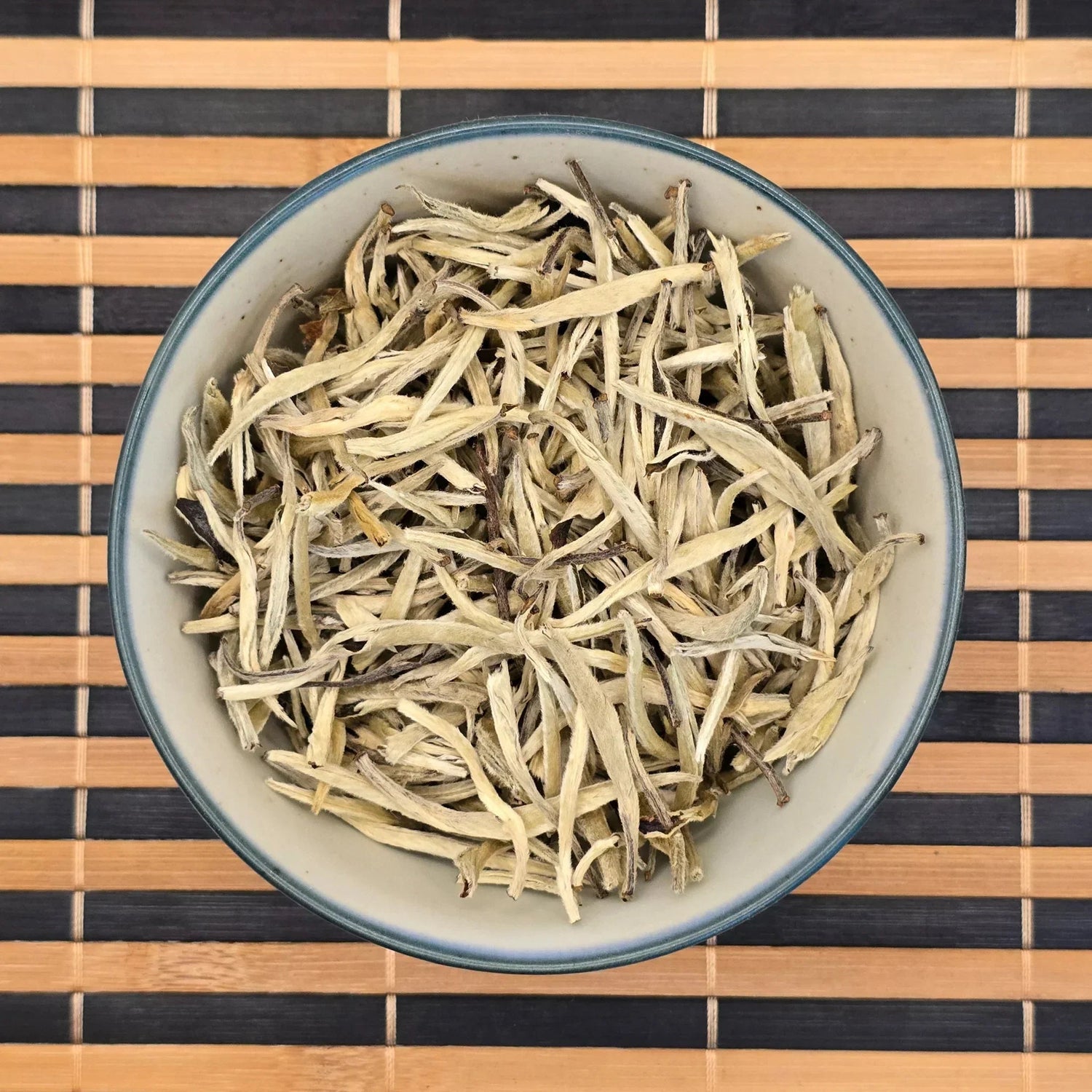The World of Oolong Teas: History, Culture, Craftsmanship, and Charm
Oolong tea, an aromatic, complex, and beloved tea, has been cherished across Asia and, increasingly, around the world for centuries. Bridging the gap between green and black teas, oolong represents a balance in oxidation, flavour, and artistry. With roots steeped in tradition and an ever-evolving role in modern tea culture, oolong tea holds a unique place among the world's most refined beverages. This article delves into the captivating history, cultural significance, intricate production processes, and special qualities that make oolong tea a treasure for tea lovers.

1. Historical Roots of Oolong Tea
The story of oolong tea begins in China, the birthplace of all tea. While the exact origin is debated, most scholars agree that oolong emerged during the Tang Dynasty (618–907 AD) or early Song Dynasty (960–1279 AD). Some trace the beginnings of oolong to the Beiyuan Tea Garden in Fujian Province, where semi-oxidised teas were first experimented with.
By the Ming Dynasty (1368–1644), the production of oolong tea had become more defined. A particularly influential moment came during the Qing Dynasty (1644–1912), when the processing techniques for oolong tea were refined and formalised, especially in regions like the Wuyi Mountains and Anxi County in Fujian. From there, oolong tea spread to Taiwan in the 19th century, where unique cultivars and techniques developed independently.
The name “oolong” (烏龍) translates to “black dragon,” and, though its exact etymology is unclear, it is often associated with the curled shape of some oolong leaves, which resemble a twisting dragon.
2. Cultural Significance and Regional Pride
Oolong tea has deep cultural roots in both China and Taiwan, where it is a daily beverage and a symbol of hospitality and refinement. In these cultures, tea is not merely a drink; it’s a ritual, a gesture of respect, and often an avenue for spiritual introspection.
In China: Wuyi and Anxi
In Fujian Province, the birthplace of oolong, two primary regions produce world-renowned teas:
- Wuyi Mountains (Yancha or “Rock Tea”): Known for heavily oxidised, roasted oolongs like Da Hong Pao (Big Red Robe), these teas have a distinctive mineral taste known as yan yun, or “rock rhyme.” The Wuyi region’s rugged terrain and mineral-rich soil impart a unique character to the tea.
- Anxi County: This is the home of Tie Guan Yin (Iron Goddess of Mercy), one of the most famous oolongs. Anxi oolongs are usually greener and more floral, showcasing lighter oxidation levels.
In Taiwan: High-Mountain Oolongs
Oolong arrived in Taiwan in the 19th century with Chinese immigrants, and over time, Taiwanese growers developed their own identity. Taiwan’s misty, high-elevation regions, such as Alishan, Lishan, and Dong Ding, produce some of the most prized oolongs in the world.
These high-mountain teas are known for their:
- Buttery, creamy textures
- Floral aromas
- Subtle sweetness
- Elegant mouthfeel
Tea culture in Taiwan is also known for its strong connection to Gongfu tea ceremonies, which emphasise attention to detail, beauty, and reverence for the leaf.
3. The Craft of Oolong: How It’s Made
What makes oolong distinct is its intricate and labour-intensive processing. Oolong tea is partially oxidised, falling between green tea (minimal oxidation) and black tea (full oxidation). Oxidation gives tea its colour and flavour—by controlling it precisely, oolong artisans can create a vast range of flavours, from fresh and floral to roasted and woody.
The Oolong Production Process: Step by Step
-
-
Plucking:
Oolong teas are often harvested as “two leaves and a bud.” Timing and leaf quality are crucial. -
Withering:
Leaves are spread out in the sun or indoors to lose moisture and soften, making them pliable for rolling. -
Bruising and Tossing:
This step is unique to oolong. Leaves are gently shaken in bamboo baskets or rotating drums to bruise the edges, initiating oxidation. This controlled bruising is what creates oolong’s signature complexity. -
Oxidation:
Depending on the style, oxidation levels can range from 10% to 80%. Lighter oolongs are greenish with floral notes; darker ones are amber-hued with deeper, roasted flavors. -
Fixation (Kill-Green):
Leaves are pan-fired to stop oxidation at the desired level. This step locks in flavor. -
Rolling and Shaping:
Leaves are rolled to shape them and help release essential oils. This can result in long, twisted shapes or tightly balled pearls. -
Drying and Roasting:
Drying removes remaining moisture. Some oolongs undergo repeated roasting, which deepens flavor and aroma. -
Aging (Optional):
Certain oolongs are aged over months or years, developing new layers of complexity.
-
Plucking:
4. The Spectrum of Oolong: Styles and Flavors
Oolong is not a single flavour profile; it is a category that encompasses a wide spectrum. Here are some of the most famous types:
Chinese Oolongs:
-
Tie Guan Yin (Iron Goddess of Mercy):
From Anxi, this tea is floral, creamy, and sometimes lightly roasted. It has a light green liquor and an orchid-like aroma. -
Da Hong Pao (Big Red Robe):
A famous Wuyi rock tea, bold and mineral-rich with roasted, caramelised notes. -
Shui Xian (Water Sprite):
Another Wuyi classic, with earthy, floral, and spicy notes.
Taiwanese Oolongs:
-
Dong Ding (Frozen Summit):
A medium-oxidised, lightly roasted oolong with buttery and nutty notes. -
Alishan Oolong:
High-mountain tea is known for its light, floral, and creamy character. -
Lishan Oolong:
Grown at high altitudes, with a lighter, almost ethereal flavour profile. -
Oriental Beauty (Bai Hao Oolong):
A unique Taiwanese tea with heavy oxidation, sweet honey notes, and a muscatel fragrance. Remarkably, it’s made from leaves bitten by leafhoppers, which enhance its flavour.
5. Why Oolong Tea Is So Special
Oolong tea stands out not just because of its taste, but due to a convergence of tradition, craftsmanship, and diversity. Here's why it's so special:
a. Complex Flavour Profiles
Oolong can taste like spring flowers, ripe peaches, roasted nuts, minerals, or honey—sometimes all in one brew. Its layered taste evolves across multiple infusions, revealing new dimensions each time.
b. Artisanal Craftsmanship
No other tea requires such skilful intervention during processing. Mastering oxidation and roasting is an art passed down through generations.
c. Versatility
Oolong is incredibly versatile. It can be sipped hot, cold-brewed, used in cooking, or even aged like fine wine. It pairs beautifully with both sweet and savoury foods.
d. Health Benefits
While not a cure-all, oolong tea offers a balanced combination of caffeine and antioxidants. It’s known for aiding digestion, boosting metabolism, and promoting heart health.
e. Spiritual and Meditative Qualities
Brewing oolong in a Gongfu ceremony invites mindfulness. The deliberate steps encourage the drinker to slow down, focus, and appreciate the moment.
6. Brewing Oolong: A Gentle Art
To unlock oolong’s potential, proper brewing is key:
Western Method
- Leaf-to-Water Ratio: 1 tsp per 8 oz
- Temperature: 185–205°F (85–96°C)
- Steeping Time: 2–4 minutes
Gongfu Method
- Uses small teapots (like a Yixing clay pot or Gaiwan)
- High leaf-to-water ratio
- Multiple short infusions (15–60 seconds)
- Ideal for appreciating subtle changes in flavour
7. Oolong in Modern Times
Today, oolong tea enjoys global popularity. Speciality tea shops, tea sommeliers, and online retailers offer rare and high-grade oolongs to a growing audience. While still rooted in tradition, oolong is also finding new expressions, in ready-to-drink bottles, cocktails, and desserts.
In Taiwan and China, tea competitions and exhibitions celebrate the best oolongs, while in the West, oolong is often positioned as a premium tea for connoisseurs.
Conclusion: A Tea Worth Discovering
Oolong tea is not merely a beverage; it's an experience shaped by nature, nurtured by tradition, and perfected through human ingenuity. It invites drinkers to explore a world where flavour, aroma, history, and art converge. Whether you’re sipping a floral Alishan on a misty morning or brewing a dark Da Hong Pao under the stars, oolong tea offers something rare: a pause in time, a taste of place, and a connection to centuries of craftsmanship.
So the next time you lift a cup of oolong to your lips, remember: you’re not just drinking tea, you’re partaking in a living legacy.


